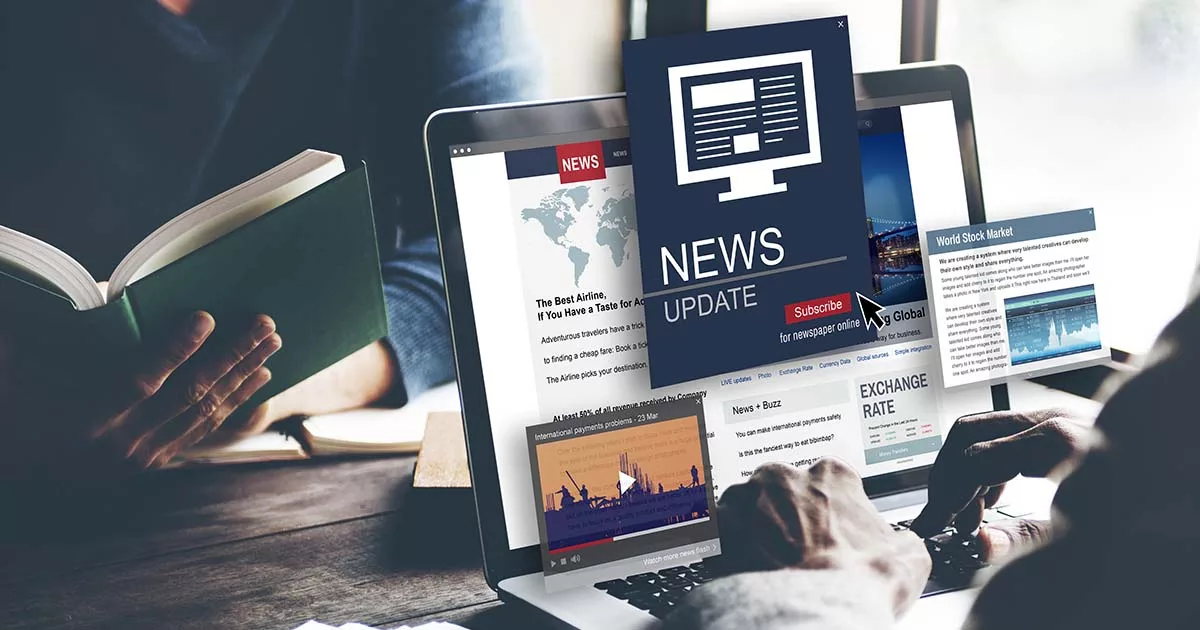By Madison Zlotolow
Whether or not you know the term for it, you’ve likely encountered successful “newsjacking” while consuming media. Sometimes it’s a timely tweet—like Arby’s at the Grammys; other times it’s placement of commentary into a breaking news story. Though the medium varies, the premise remains the same; the goal of newsjacking is to insert yourself (or your company or brand) into an existing news story to showcase expertise, deliver a compelling POV and, in the process, generate coverage for yourself, company or brand.
So, what does it take to enter into a breaking news story? To answer that, it is important to get inside the minds of journalists.
As reporters develop a story, they sift through the facts – the who, what, when and where – and determine how to present it to their outlet’s audience in a factual and interesting manner. But the hard part is the analysis of the facts, and for a journalist to uncover, is the why. Why was this new law implemented? Why did a company make this decision? Why is this story newsworthy?
For analysis, reporters often turn to credible experts to explain the why. You want to be that expert.
Breaking news is the perfect opportunity for you or your company to showcase your expertise by drafting up commentary and getting it in front of reporters covering the story. But, how? Well, it all starts with what you say.
How to form the perfect commentary:
There are nearly six public relations professionals for every journalist, so make sure your commentary stands out. With breaking news stories, the reporters want a clear, brief comment that they can insert into their story – and they want it fast.
The commentary you provide needs to be additive to the story, not reiterate the facts of the event; remember that you’re providing the why. Your point of view should include three simple things to make sure it furthers the story the reporter is working on:
• Reaction: As an insider or an expert, is the news predictable or surprising? What were your initial thoughts when you heard the news?
• Insights: What is the impact of this news? What does this breaking news mean to the public or industry?
• Next Steps: What can, or should, the reporter’s audience be able to do with this information?
READ MORE: When To Use Public Relations For B2B Organizations
The why is important for reporters because it is what differentiates their story from the others. All journalists are reporting on the same facts of the event, but the why is a more subjective fact. It is not as black and white as the when and where of a story. The more insightful and sharp your commentary is, the more likely you will break through the noise in a reporter’s inbox and be a valuable source of information and commentary.
How to beat others to the punch:
An important factor, second to what you’re saying, is when you’re saying it. For breaking news, reporters are working quickly to be the first to announce a story, so every minute matters.
How can you be first, you might ask? What differentiates a good source from a great one, are those experts who can anticipate the news as it is breaking. Although stories break when journalists publish an article on the topic and the public gains awareness of a situation, that is not the origin of a story. There must first be news before a reporter can break the story. The trick is to unearth the news at its source as it is breaking so that you can plan for the story ahead of when a breaking news article on the story goes live.
By reverse-engineering the breaking news process and unearthing the clues that reporters are looking for when a story begins to unfold, you can prepare your commentary before many are aware the storyline even exists.
It’s crucial to get into a reporter’s mindset and think about from where they develop their initial hunch – corporate Twitter accounts, trade publications, court filings, regulatory agencies, and conference agendas are all organic sources of information. The U.S. government requires companies to share reports publicly, so there are a lot of resources from which to find clues. It is a matter of determining which resources is most relevant to you and the topics you can speak to. For example, if your expertise is in public policy, you can cater your time and resources to sleuthing through government filings, rather than corporate budget reports.
Unearthing the news before it becomes news helps control the chaotic nature associated with newsjacking. It gives you time to craft your commentary and refine media contact lists. The extra time lets you better prepare; however, don’t get comfortable with this time. It might add additional minutes that you usually wouldn’t have, but you are still racing against the clock. While you no longer are sprinting to try to get your point of view written and distributed to relevant reporters, there should still be a pep in your step. A more calculated pep, that is.
For more agency insights, visit our WellRed archives






